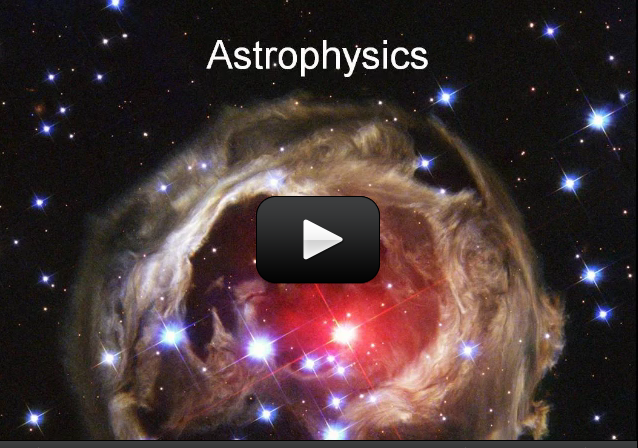Greetings and welcome to the study of astronomy! This first lesson is simply to get you excited and interested in astronomy so you can decide what it is that you want to learn about astronomy later on.
We’re going to cover a lot in this presentation, including: the Sun, an average star, is the central and largest body in the solar system and is composed primarily of hydrogen and helium.
The solar system includes the Earth, Moon, Sun, seven other planets and their satellites (moons) and smaller objects such as asteroids and comets. The structure and composition of the universe can be learned from the study of stars and galaxies. Galaxies are clusters of billions of stars, and may have different shapes. The Sun is one of many stars in our own Milky Way galaxy. Stars may differ in size, temperature, and color.
Materials
- Popcorn
- Pencil


A black hole is an object whose gravity is so strong that even light cannot escape its pull.
what is a black hole!!!!!!!
The following page has information on selecting a telescope and there are a few links on the bottom of the page. https://www.sciencelearningspace2.com/2019/09/avoid-getting-ripped-off-when-you-buy-a-microscope-telescope-and-binoculars/
Hello! How does one go about selecting and purchasing the best at home telescope that a beginner can grow to use as a professional?
Here’s a couple of NASA articles you might enjoy learning from:
https://www.nasa.gov/mission_pages/chandra/images/found-three-black-holes-on-collision-course.html
https://www.nasa.gov/feature/goddard/2018/astronomers-unveil-growing-black-holes-in-colliding-galaxies
Can you please tell us what happens when two black holes collide? Thank you!